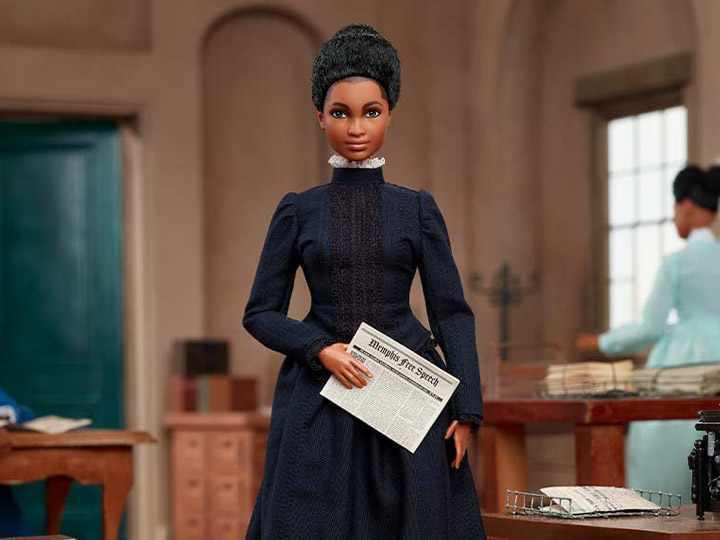Barbie has been a popular children’s toy since its creation back in 1959. The original Barbie, the first mass-produced doll in the United States, had blonde hair, blue eyes, and, most specifically, adult features. Over the years, she’s been the center of praise and controversy. On the one hand, some felt she presented unrealistic beauty standards and celebrated a lavish lifestyle with designer clothes, accessories, and pink convertibles. On the other hand, Barbie offered an alternative to the “traditional” gender roles especially prevalent in the 50s and 60s and showed little girls they could “be like Barbie” and have a career of their own.
Over the years, Barbie has grown and evolved, becoming a huge commercial success for children and adults. One area Mattel struggles with, however, is diversity and representation. It took about 20 years for the first doll of color to enter the market, and it was only in the last ten years that alternate body shapes were added to the lineup.
In the last few years, Barbie has released special collections of dolls modeled after actual women who have made history or contributions to society, many of them women of color. Figures like Ida B. Wells (outspoken activist), Madam C.J. Walker (first female self-made millionaire in the US), Gabby Douglas (Olympic royalty), and Misty Copeland (world-renowned ballet dancer) all have doll versions of themselves sitting in boxes on store shelves.
On the one hand, it’s exciting to see these powerful women of all colors and backgrounds honored in such a unique way. It’s important that children see themselves represented in the toys they play with, and that includes not only what they look like but what they aspire to be.
On the other hand, it seems wrong to see these women reduced to plastic caricatures of themselves. Mattel is simply using the very real challenges and struggles these women had to overcome just to make a buck. And if we think about it specifically from the perspective of the Black community, it feels like another arm of economic exploitation.
At the end of the day, who benefits? Mattel does financially, of course. But the representation of historically disenfranchised groups of people is essential for progress. And some of them, like Misty Copeland and Laverne Cox, were actually collaborating on the design process. It’s undoubtedly a nuanced issue with valid arguments made on either side.
What do you think? Do you support these Black icons being turned into Barbies for sale? Do you think it’s important for young girls to have them as their role models in doll form? Or are there better ways to honor the legacies of these powerful women than plastic and outfit changes? Let us know your thoughts below.

